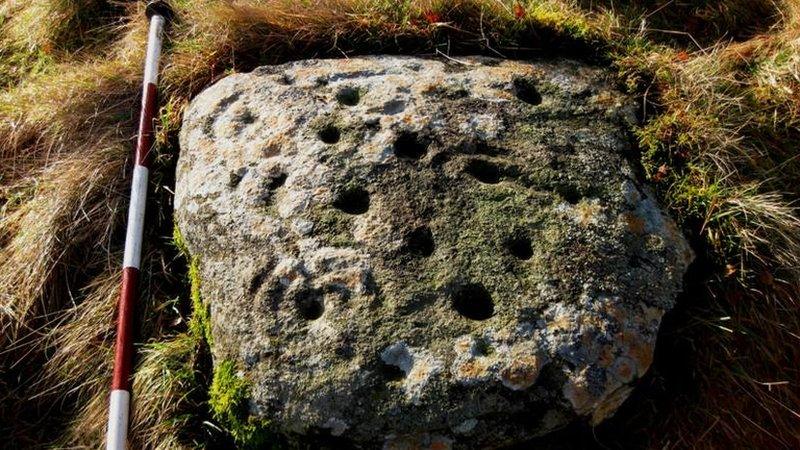Protected status for Northumberland's prehistoric rock art carvings
- Published
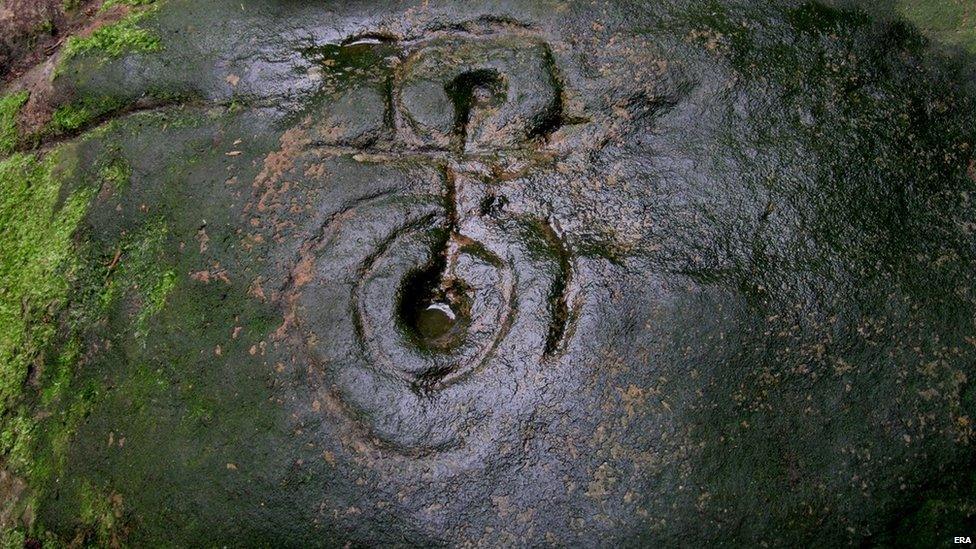
Mysterious carvings that have lain in the Northumberland countryside for nearly 6,000 years have been given protected status.
"A lot of people have wondered what they mean but no one has really came up with a perspective they all agree with," said Dr Aron Mazel.
Created in the Neolithic and early Bronze Age, 3800BC to 1500BC, the origin of the rock art which is older than the pyramids has kept archaeologists guessing for centuries.
Etched on to natural stone surfaces, they are predominantly found in the countryside.
"They are a very powerful and iconic representation of a part of human activity and creativity but we don't know exactly what they meant to people.
"Some think they are markers used on the margins of landscapes, some think they implicate the changeover from when hunter gatherers became pastoralists and formed a different relationship with the land, and some believe they could even have a ritual or sacred meaning," said Dr Mazel, director of the International Centre for Cultural and Heritage Studies at Newcastle University.

The "intriguing and abstract" carvings share some motifs and are found throughout northern Europe.
The curious marks vary from simple, circular hollows known as cups, to more complex patterns with cups, rings, and grooves and often appear singly or in small groups over a large surface area.
According to English Heritage, more than 5,000 separate rock sites are known in Britain, with the majority found in upland areas in the North.
In Northumberland there about 1,200 carvings, mainly in the countryside, but some on display in museums.
Dr Mazel said: "These things interest me greatly. These are the tangible manifests of people from thousands of years ago, they meant something to them and they are a way to get a better understanding of our ancestors.
"The challenge is to link the rock art with other excavations in the surrounding area - we don't know how old the the rock art is so it is very difficult to slot it in with where they belong.
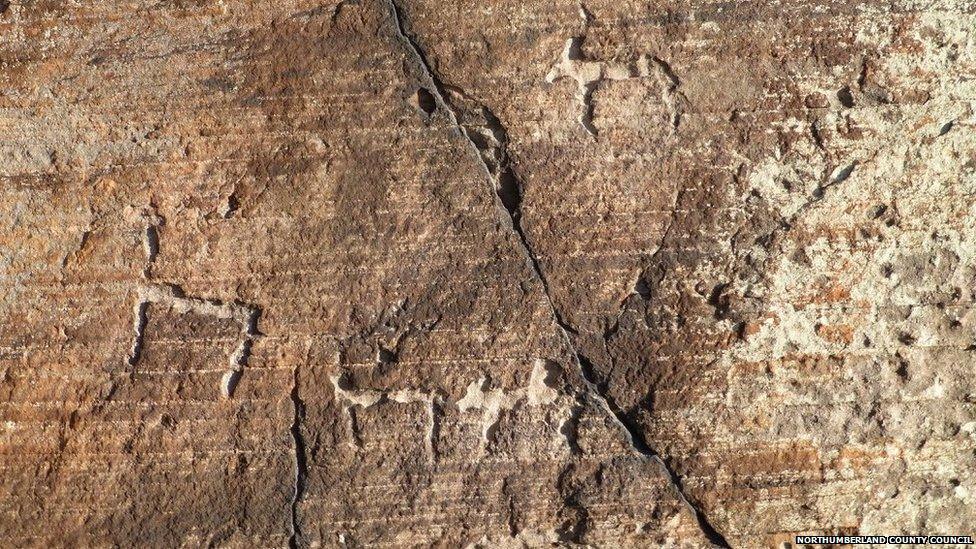
"They [the rock art] can also be found in Yorkshire, Cumbria and Durham - it seems to be a northern phenomenon, but we don't know why that is the case.
"The UK is quite unique internationally as the carvings are a solely geometric tradition, whereas in other parts of the world they seem to be more about people," added Dr Mazel.
Now, 17 examples of rock art in Northumberland have been scheduled as Ancient Monuments by the Department for Culture, Media and Sport.
The sites, which can be found in Lemmington Wood, Wellhope, Whitsunbank and Goatscrag, were declared thanks to the work of about 100 volunteers from the Northumberland and Durham Rock Art Project (NADRAP), supported by English Heritage.
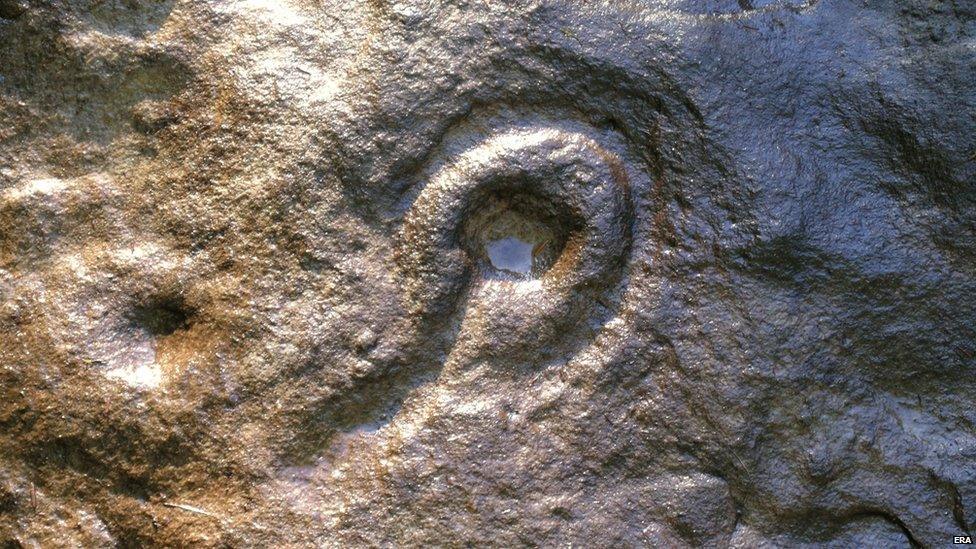
The team captured the details of 1,500 individual rock art panels situated across several different sites.
The new designated sites are well preserved, displaying a wide range of motifs.
Dr Mazel said: "It is important to protect them for research for now and for in the future so we can go back to study them. We don't want them to be damaged or moved from their original context.
"The carvings have survived for 6,000 years and that is impressive. There is something to be said about something that has been on the land for that time."
- Published14 March 2013
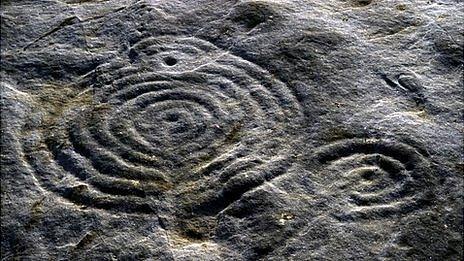
- Published8 April 2014
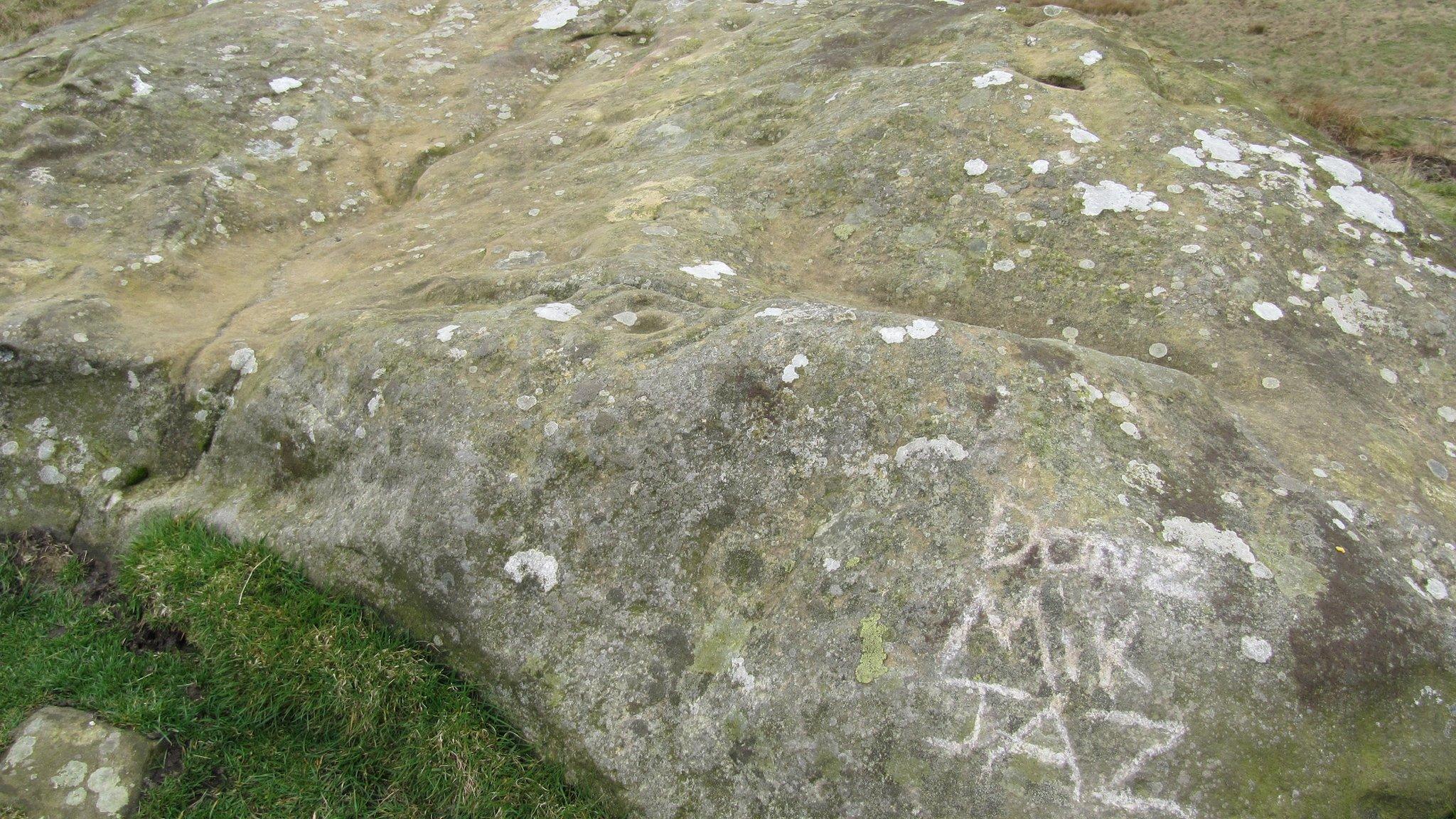
- Published6 March 2014
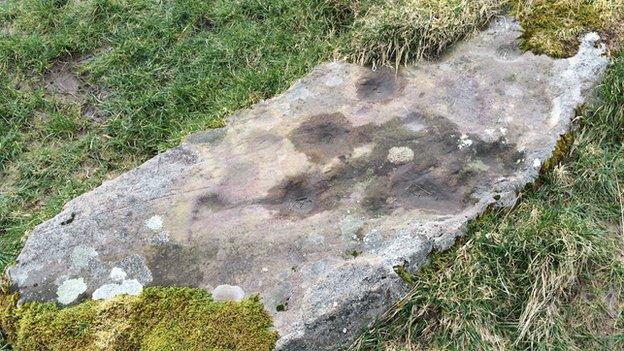
- Published27 February 2014
